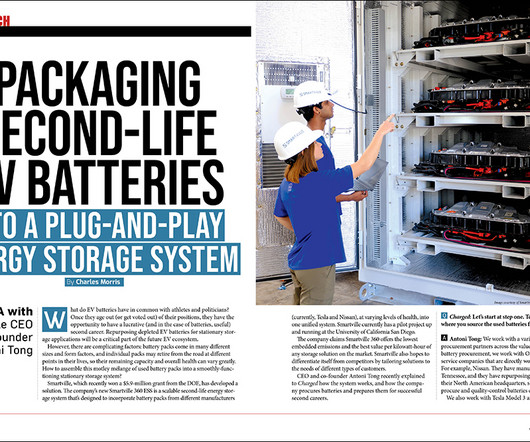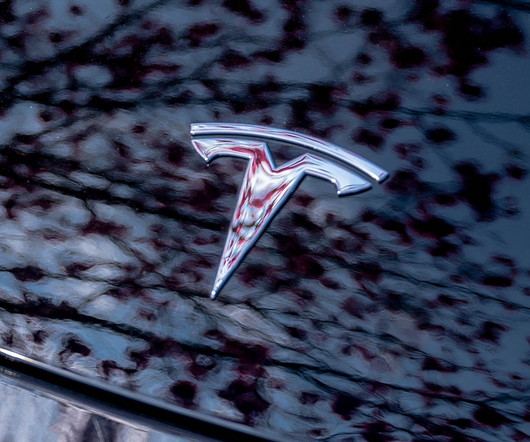ARPA-E RANGE: $20M for robust transformational energy storage systems for EVs; 3x the range at 1/3 the cost
Green Car Congress
FEBRUARY 17, 2013
The Robust Affordable Next Generation EV-Storage (RANGE) program’s goal is to enable a 3X increase in electric vehicle range (from ~80 to ~240 miles per charge) with a simultaneous price reduction of > 1/3 (to ~ $30,000). ARPA-E defines robust design as electrochemical energy storage chemistries and/or architectures (i.e.






















Let's personalize your content